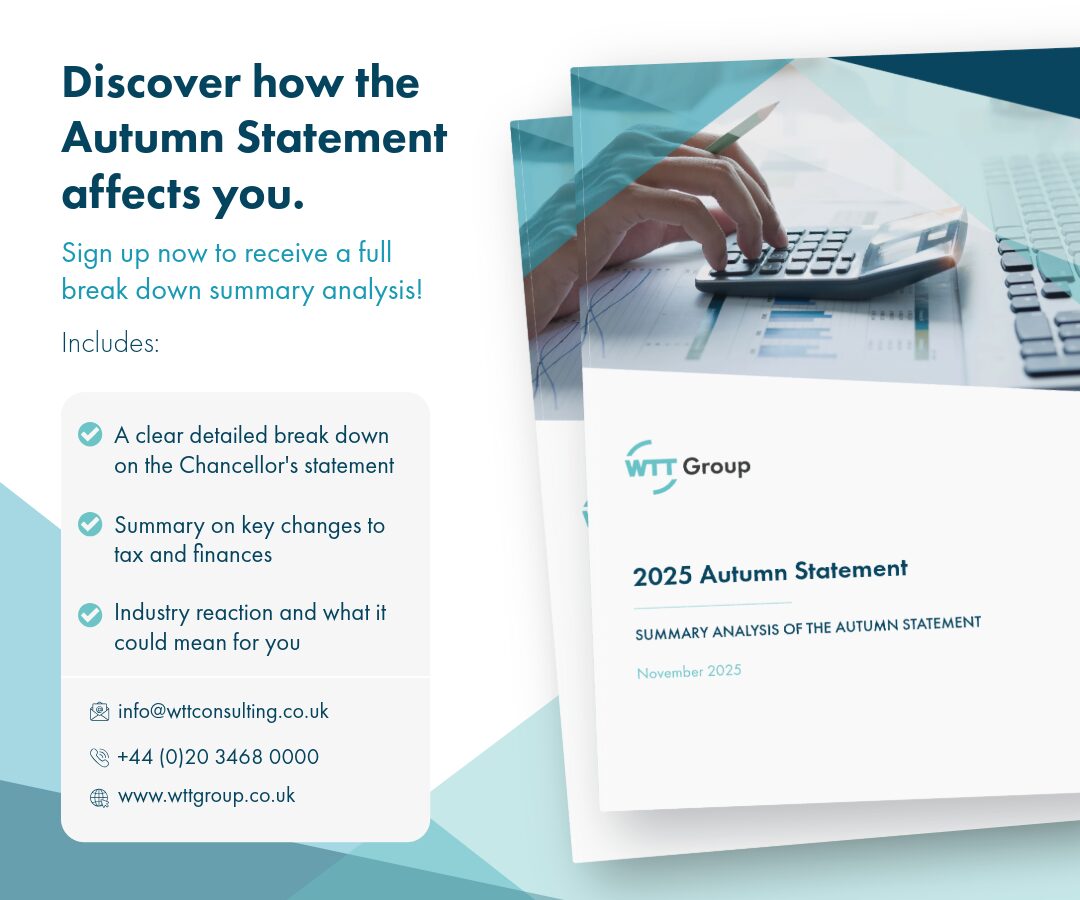Checked & unbalanced
10th December, 2021 I’m often educated by my law trained business partner as to…

Members’ Voluntary Liquidation
If you’re considering closing down your limited company, whether due to retirement or perhaps a career change, it’s essential to understand your options. For solvent companies, a Members’ Voluntary Liquidation (MVL) can be the most tax-efficient route. Below we explore how to liquidate your limited company, the benefits of an MVL along with the tax advantages.
Liquidation is the formal process of closing a company and distributing its assets. It involves ceasing all business operations and settling any company debts there may be.
There are two types of liquidation:
An MVL is a formal procedure for closing a solvent company. It involves appointing a licensed insolvency practitioner to manage the process, including selling assets, paying creditors, and distributing any remaining funds to the company shareholders.
Companies with significant retained profits generally find this form of liquidation more suitable. This is because it offers better tax treatment through Capital Gains Tax and potential eligibility for Business Asset Disposal Relief.
One of the main reasons business owners opt for an MVL is the considerable tax efficiency it offers. An MVL distributes funds as capital gains rather than income, typically resulting in a lower tax rate. Moreover, if you qualify for Business Asset Disposal Relief, you could benefit from a reduced Capital Gains Tax rate of just 10% on qualifying distributions. This is significantly lower than the income tax rate on dividends, which can be as high as 39.35% for additional rate. As a result, MVLs can substantially reduce your overall tax liability, particularly for companies with significant retained profits.
Directors meet and agree to cease trading and begin the liquidation process. The director(s) will need to ensure that the company is solvent, meaning it can pay its debts in full, including interest, within 12 months of commencing the liquidation. If there is any doubt about solvency, professional advice will be needed.
Directors must make a “Declaration of Solvency”, stating that they have made a full inquiry into the company’s affairs and believe it can pay its debts in full within the allocated time frame.
If the company has shareholders, the directors must obtain shareholder approval before proceeding with the MVL. At least 75% of shareholders must pass a special resolution to voluntarily wind up the company.
Once the shareholders have stated their agreement to liquidate the company, the next step is to appoint a licensed Insolvency Practitioner (IP) to act as the liquidator. Company Directors will then be required to file a notice of the appointment of the liquidator with Companies House within 14 days.
The appointed liquidator will conduct a thorough valuation of the company’s assets. Any asset at this time will be realised through a controlled sale process to maximise returns.
Next, the liquidator will settle any outstanding debts the company holds in order of priority, ensuring that all creditors are paid in full.
After settling all liabilities, the company distributes the remaining funds or assets to shareholders based on their shareholding. After the shareholders and creditors have approved the liquidator’s final report, the liquidated must formally approve the dissolution of the company.
The company files its final accounts and reports with Companies House. Once Companies House approves the documents, the company officially dissolves and ceases to exist as a legal entity.
Before proceeding with an MVL, it’s crucial to seek advice from a qualified tax advisor. Doing so helps to ensure you’re maximising all available reliefs and complying with relevant rules. Settle all outstanding taxes, including corporation tax, VAT, and PAYE, to avoid complications during the liquidation process. Additionally, it’s essential to understand how the Targeted Anti-Avoidance Rule (TAAR) could affect your eligibility for Capital Gains Tax treatment, especially if you plan to start a similar business shortly after liquidation.
If an MVL is not suitable for your company’s circumstances, there are other routes to consider.
A company strike-off involves filing a DS01 form with Companies House and is a quicker, less costly option. However, it’s only appropriate for businesses with minimal retained assets and does not offer the same tax advantages as an MVL.
For companies that are insolvent and unable to pay their debts, a Creditors’ Voluntary Liquidation (CVL) may be necessary. This formal process involves notifying creditors, settling liabilities, and appointing a licensed insolvency practitioner to oversee the closure.
Liquidating your limited company through an MVL can be a highly effective strategy if your business is solvent and holds substantial assets. Not only does the process ensure a clean and compliant closure, but it also allows you to extract retained profits in a tax-efficient manner. However, the tax and legal implications of liquidation are complex making it essential to seek professional advice.
 Article
Article
10th December, 2021 I’m often educated by my law trained business partner as to…
 Article
Article
2nd July, 2021 Crypto Tax- What can we learn from the US? Introduction The…
 Article
Article
The UK’s IHT framework has undergone major reform, replacing the long-standing domicile-based system with…
 Article
Article
Inheritance Tax (IHT) is one of the most significant considerations in long-term wealth planning,…
 Article
Article
What the Autumn Budget 2025 Means for You Rachel Reeves delivered this year’s Autumn…
We’d love to hear from you!
Whether you simply have a quick question, or were seeking a more formal conversation to discuss your tax needs, drop your details here and we will be in touch! Alternatively, you can contact us on +44 (0)20 3468 0000.